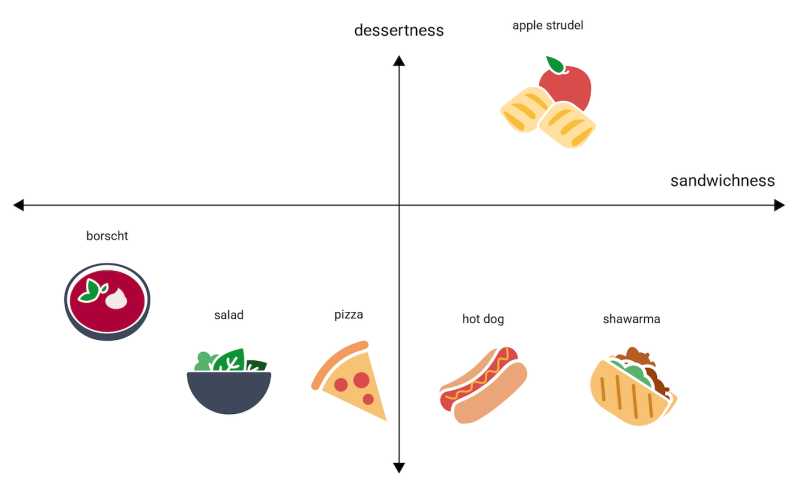Identity Space: Medium of Aether 2
Table of Contents
Separtion Leading to Identity
An identity is a result of the crudification and separation caused by the Negative Fore.
This separation leads to an Identity Space for the identity.
Without identity or separation, an event would not be discernable from another event – everything, all perceptions, would be a single stream of perceptions all happening at the same time.

So identities allow specific perceptions to be appreciated and explored in isolation. These identities are merely versions or modes of the single Supreme Entity.
a Being of Reason is nothing but a mode of thinking. Mode of thinking refers to all modifications of thought
Spinoza
Metaphysical Thoughts, Part 1, Chapter 1
Each identity has a gravitational signature as its inherent unique aethereal frequency. This frequency:
- is not visible because it is above the radiant layer
- is also timeless and shapeless because it is above the spatial layer
This inherent frequency dictates what it will relate to or what it can perceive. This is because a wave can only associate with similar waves.
For example a classical orchestra can only associate with classical instruments, and not with heavy metal guitars or electronic synthesizers.
A orchestra that has heavy metal guitars will form a new identity space, as classical-metal fusion.

Sound from the Clash of 2 Forces
The aether has a wave nature as a result of the operation of the 2 Forces.
The only wave that exists beyond light is sound i.e. sound is the vibration of air molecules.
So we say that this aetheral sound is the vibration of the monads which in turn is from the constant clash between the 2 Forces.
And so the gravitational signature or essence of an identity is revealed through aethereal sound.

Therefore, the physical universe, as a single aethereal substance, and the identities within it, as subatomic particles, have a representative sound.
This inherent sound can be manipulated or changed by external sounds or waves (such as those of electromagnetism). This is similar to sea water changing the flow of river water as it enters the sea.
This is the foundation of particle-shaking. The main use of the Identity Space and the Aethereal Cartesian Plane is for particle shaking.